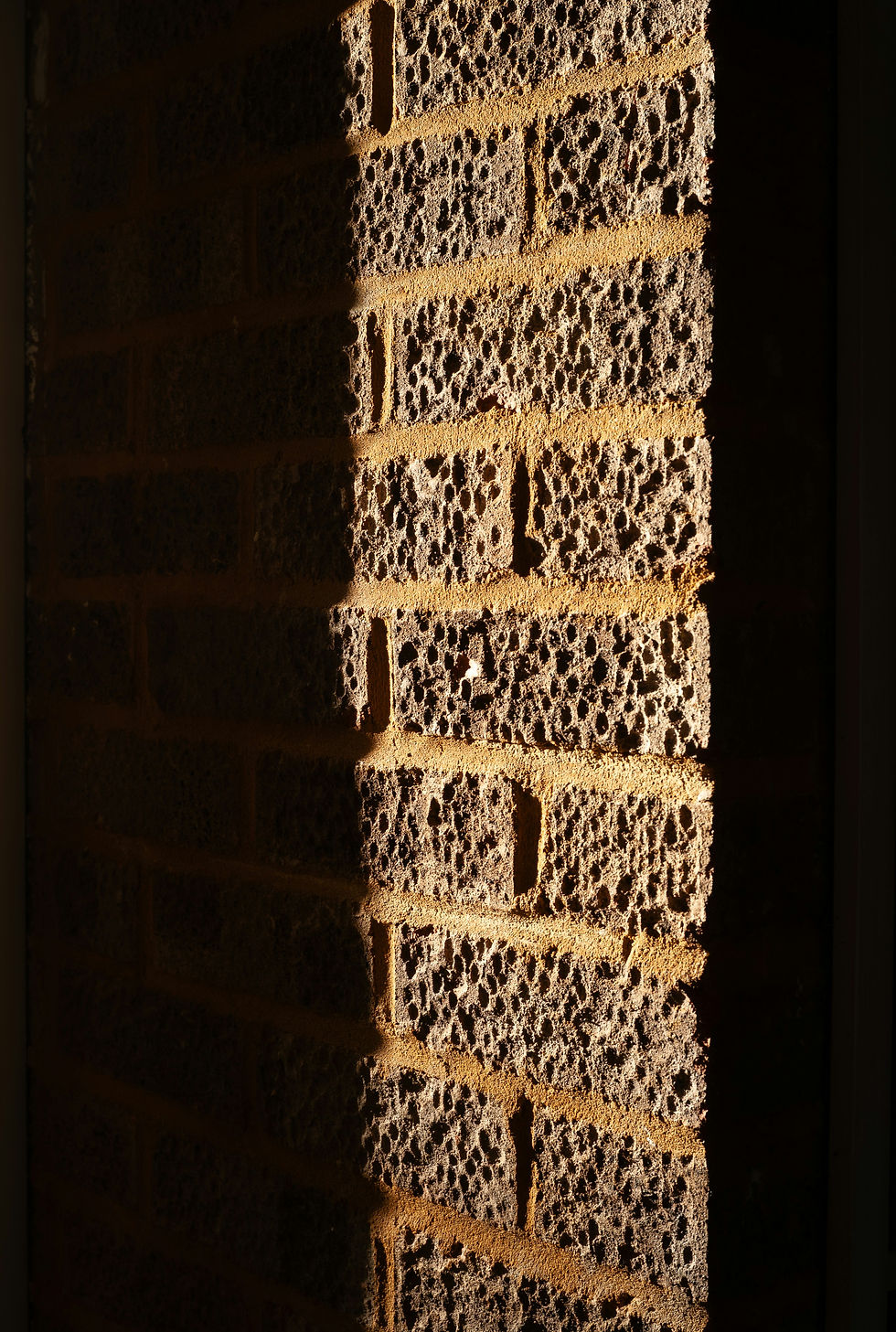Wall Cavity Dehumidification in Orange County, CA
Water loves to hide behind baseboards and drywall. White Glove Plumbing & Restoration delivers precise wall cavity dehumidification (cavity drying) to remove trapped moisture after leaks—especially from water softeners, supply lines, appliances, or roof intrusions—so you avoid mold, odors, and unnecessary demolition.
✓ Non-invasive: Dry walls without tear-out
✓ Targeted airflow: We dry hidden voids
✓ Fast verification: Daily meter checks
✓ Claim-ready: Complete documentation
✓ Non-invasive
✓ Targeted airflow
✓ Fast verification
✓ Claim-ready



What Is Wall Cavity Dehumidification?
Cavity drying removes trapped moisture inside wall, ceiling, and cabinet voids using controlled airflow (injector tubes or baseboard ports) and low-grain refrigerant (LGR) dehumidifiers.
We create a drying chamber, move dry air through the void, and monitor materials daily until they reach target moisture content—often saving drywall, base, and cabinetry from demolition.
Why Choose White Glove Plumbing
Plumbing + restoration in one team: We fix the source (softener/valve/line) and dry the cavities—no hand-offs.
IICRC-guided methods: Moisture mapping, chambers, and calibrated meters to set and hit proper drying targets.
Minimal-impact access: Baseboard micro-ports/toe-kick access and injectidry lines instead of broad demolition.
Carrier-ready files: Photos, room sketches, meter/IR captures, moisture logs, and final verification streamline approvals.



Quick Checklist (What to Do Now)
Shut off water at the fixture/main; set any water softener to bypass if implicated.
Kill power to affected zones if water is near outlets/switches.
Don’t pull baseboards or drill holes—preserve evidence for insurance.
Photograph damp areas and any visible wicking lines on paint.
Call our 24/7 dispatcher—we’ll assess and start cavity drying safely.
Common Causes We Handle
Water softener/conditioner leaks wicking into lower walls and toe-kicks
Burst or leaking supply lines in baths, kitchens, or laundries
Appliance failures (dishwasher, washer, fridge/ice maker) saturating cabinet backs
Slab leaks rising into baseboards and wall bottoms
Roof/ceiling leaks that travel down interior wall cavities
Fire sprinkler/HVAC condensate events wetting adjacent walls
Assessment & Mapping
Thermal imaging and pin/pinless meters identify wet assemblies, set category/class, and establish material-specific drying targets.
Chamber Setup & Protection
Build containment around the work area, protect unaffected rooms, and stabilize ambient conditions for efficient drying.
Access & Injector Setup
Create micro-ports behind baseboard lines or use toe-kick access; connect injectidry tubing or panel systems to move conditioned air through cavities.
Dehumidification & Directed Airflow
Deploy LGR dehumidifiers and calibrated air movers to maintain a favorable vapor pressure differential that pulls moisture out of voids.
Sanitization & Daily Monitoring
Apply category-appropriate antimicrobials on affected surfaces; record RH/GPP and material moisture daily; adjust equipment and ports for speed and even drying.
Verification, Close-Out & Repair Plan
Confirm targets with final readings/photos; remove equipment; re-set baseboards and outline any needed touch-ups (paint/texture) or selective repairs.
What’s Included
Moisture survey & written cavity-drying plan
Clean containment/chambering to protect unaffected areas
Micro-port/baseboard access with injectidry or panel systems
LGR dehumidifiers & directed airflow sized to the footprint
Antimicrobial treatment & daily moisture/psychrometric logs
Final verification with meter photos and claim-ready documentation

Costs & Timelines (What to Expect)
Typical duration: Many clean-water cavity dry-outs complete in 2–4 days; complex builds, insulation, or cabinet assemblies can extend timelines.
Cost drivers: Square footage and material types, chamber complexity, port count, equipment days, and whether cabinets/insulation need access.
Transparent estimate: You’ll receive a line-item scope before setup; we keep your carrier synced with the same documentation.

Insurance & Claims Help
Resulting damage (mitigation and selective repairs) is often insurable; source repair varies by policy.
We provide photos, moisture logs, IR captures, room sketches, and final verification.
If hidden moisture or necessary demo appears, we document and submit supplements promptly.

Risks of Waiting (Why Immediate Extraction Matters)
Mold growth can begin within 24–48 hours in susceptible materials.
Odors & staining set in as moisture lingers behind finishes.
Delamination & swelling of drywall, MDF base, and cabinet backs increase replacement costs.
Electrical hazards can develop around wet boxes and conductors inside the wall.

Cavity Drying Methods, Equipment & Targets
Standards: IICRC-guided; water Category 1–3, Class 1–4.
Targets: Chambers typically <50% RH at steady state; wood 12–16% MC (species dependent); drywall returned to local baseline.
Instrumentation: Thermal imaging, pin/pinless meters, hygrometers for RH/GPP.
Equipment: LGR dehumidifiers, axial/centrifugal movers, injectidry tubing/panels, HEPA filtration where indicated.
Controls: Minimal-impact access (baseboard line), negative pressure if needed, and directed airflow that dries evenly without over-drying edges.
Verification: Meter photos at consistent locations and a documented return to target moisture prior to close-out.
Frequently Asked Questions
Will you have to remove my drywall?
Usually not. Micro-ports behind baseboards and injectidry lines let us dry cavities with minimal access.
Is it safe to keep power on?
We’ll test and advise. Wet circuits may need to remain off until readings are safe.
Will there be holes after?
Ports are tiny and typically hidden behind re-installed baseboards; we handle any visible touch-ups.
Is this loud or hot?
Air movers and dehumidifiers add noise and warmth; chambers help comfort and speed.
Do you handle the leak, too?
Yes—our plumbing team repairs the softener/valve/line, then our mitigation team completes drying.
Do you work with insurance?
Absolutely—complete, claim-ready documentation from start to finish.

More White Glove Plumbing Water Damage Restoration Services
Proudly Serving All of Orange County
Address: 1430 E Borchard Ave, Santa Ana, CA 92705
Phone: (949) 209-5206
Email: office@whitegloveplumbingca.com
White Glove Plumbing is locally based in Santa Ana and serves residential and commercial clients across Orange County with 24/7 emergency plumbing and water-damage restoration.
Our expert team handles leak detection, emergency plumbing, water extraction/dry-out, sewage cleanup, mold remediation, and reconstruction in top OC areas including Irvine, Anaheim, Santa Ana, Orange, Tustin, Costa Mesa, Newport Beach, Huntington Beach, Mission Viejo, Lake Forest, Fullerton, Yorba Linda, Laguna Beach, Dana Point, and San Clemente - plus surrounding neighborhoods.
Let’s start a conversation
Book Your Free Consultation call Now
Contact us:
CALL (949) 209-5206
1430 E Borchard Ave, Santa Ana, CA 92705


